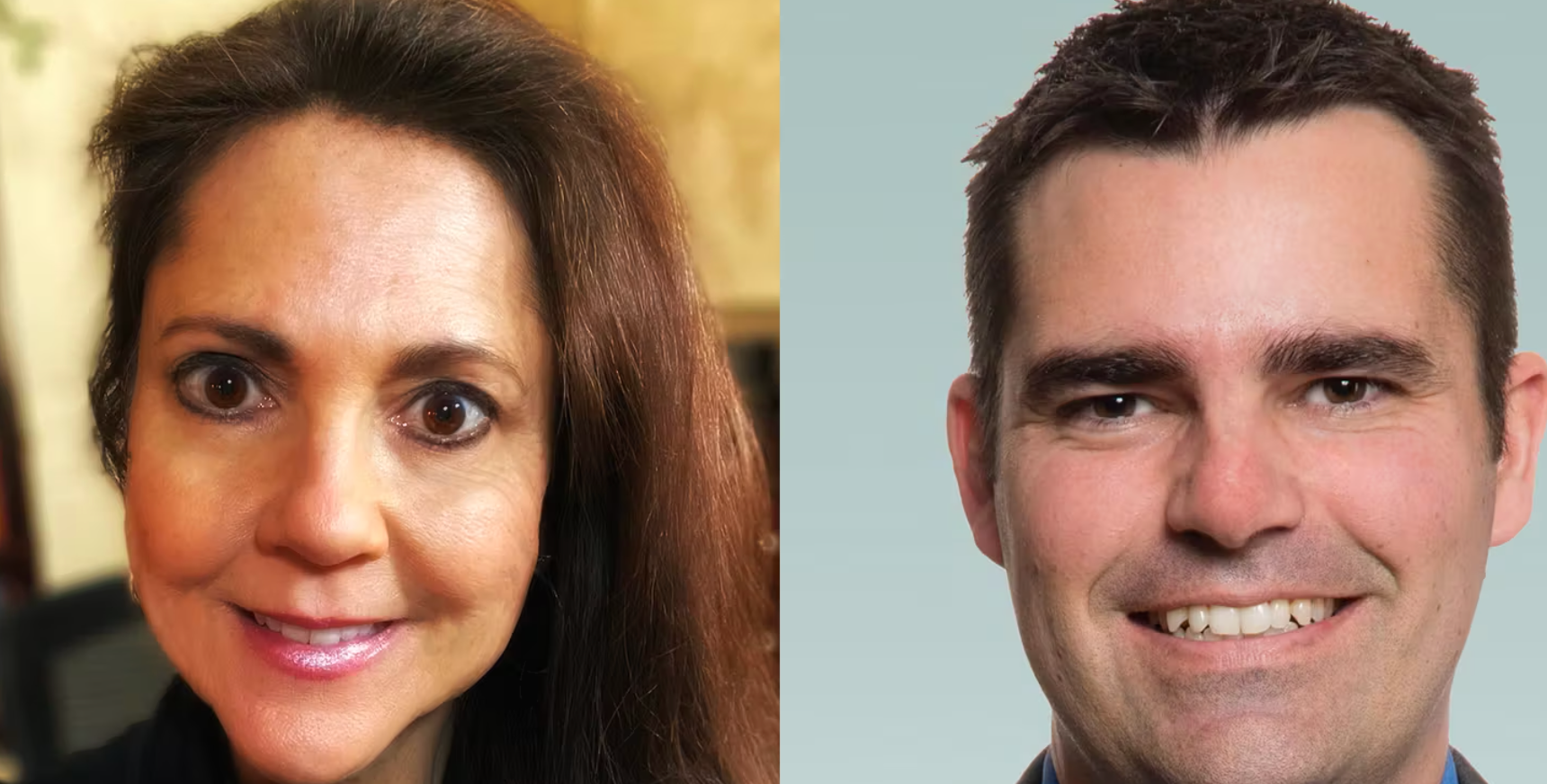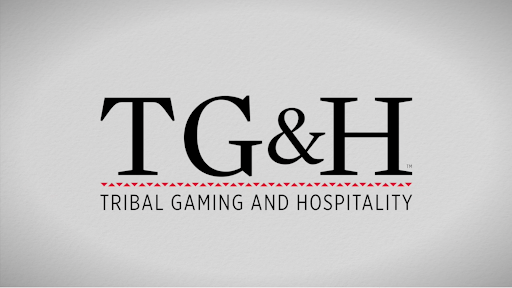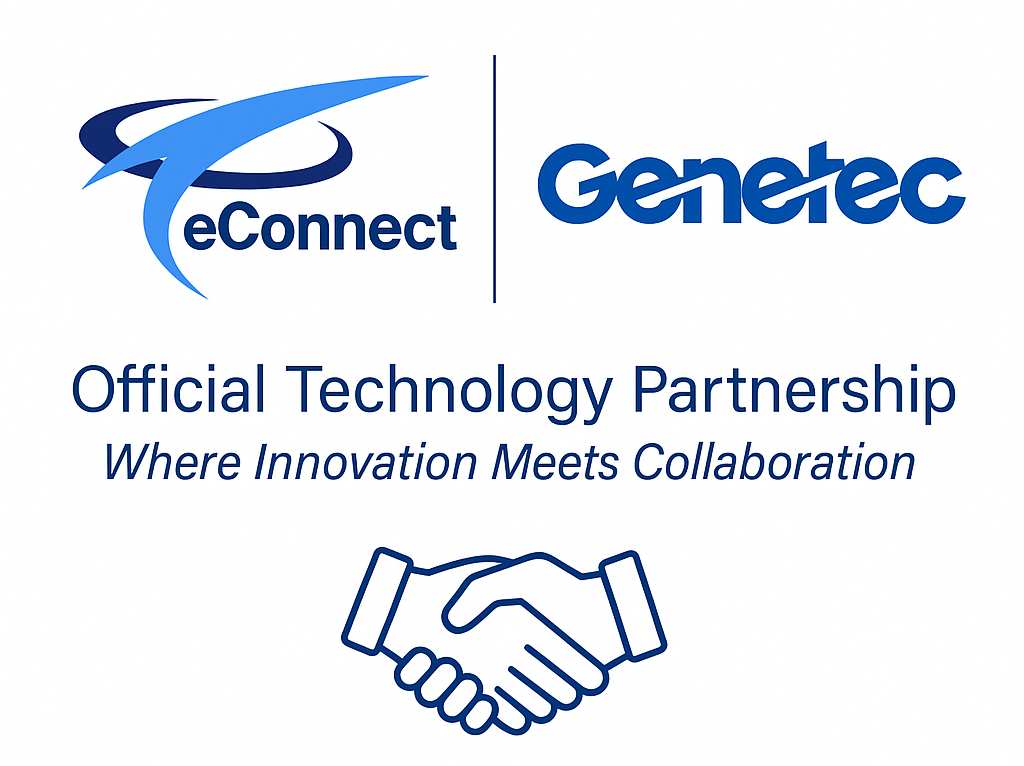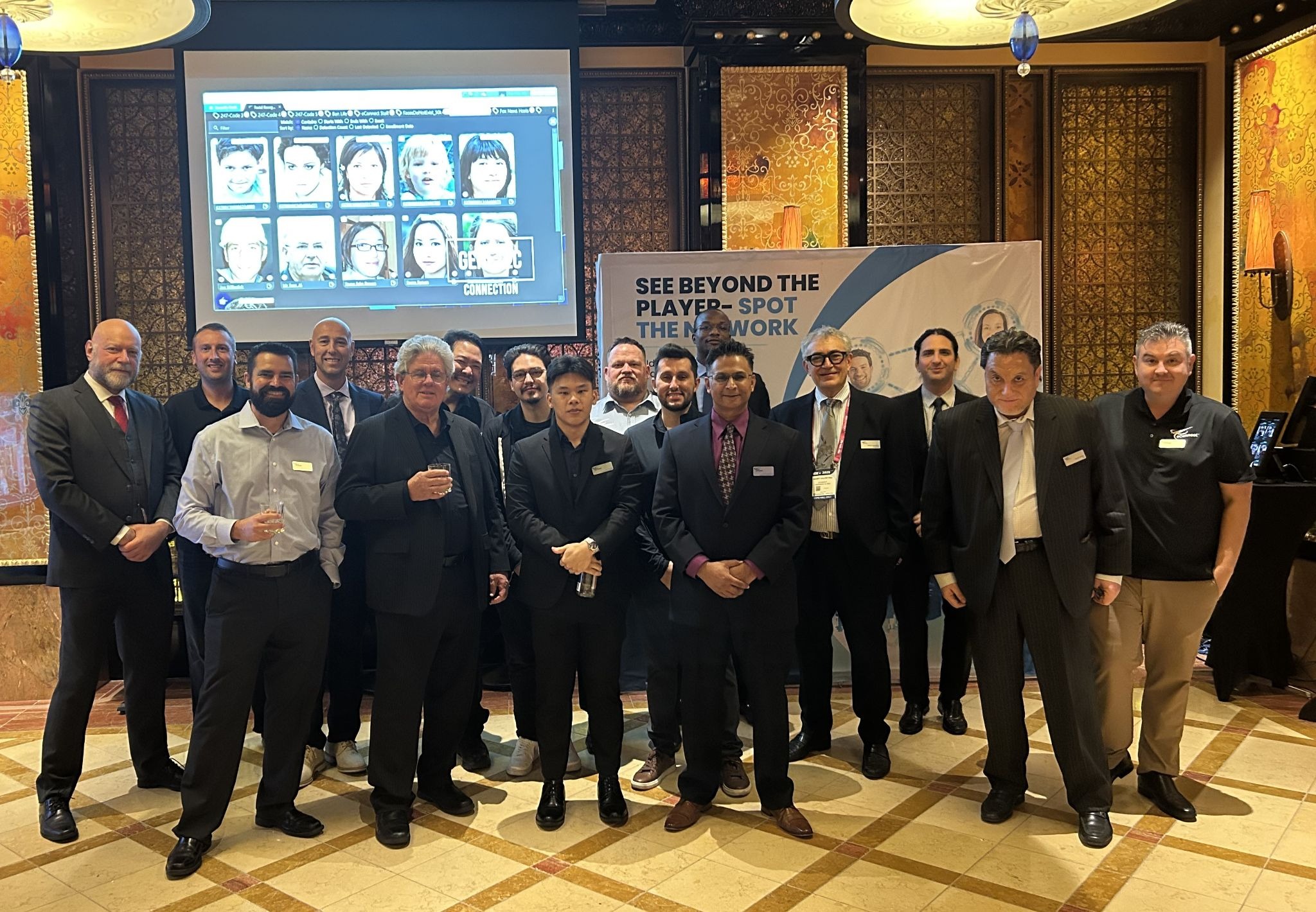

Facial recognition technology is only as good as the data it consumes. If your current surveillance system isn’t feeding the algorithm the data points it needs to match new images with existing records, your first impulse might be to blame the cameras. However, there’s a good chance they aren’t the problem.
Mitch Fagundes, Business Development at eConnect, recently sat down with Tribal Gaming & Hospitality magazine to talk about why capturing the right images of your patrons is fundamental to the accuracy of your facial recognition software. Find out why Mitch believes that a new perspective can often improve the quality of your images without having to invest in new equipment.
Get More ROI from Your Equipment Without Investing Even More
Casinos invest a lot of money and effort into their surveillance infrastructure and equipment. But if you are just getting started with facial recognition technology or you aren’t getting the results you want from your existing systems, don’t automatically assume you need to replace your cameras.
If you already have a high-quality imaging system, you may be able to make some adjustments to your setups that ensure the image data being entered into the facial recognition algorithm returns matches in the greater than 95 percent range.
“Often, a lot of money has been spent on a surveillance system already, and the cameras are great technology,” Mitch explained during the interview. “So, we might just need to work on the angle and the zoom to get enough data into the system.”
How to Get the Best Matches from Your Existing Surveillance Equipment
If you can see a face clearly in the camera shot, the algorithm can too. Mitch recommends configuring your cameras in a way that provides the clearest view of patrons’ facial details. This will help maximize the number of data points, which improves the accuracy of your facial recognition software.
Here are three ways to give the algorithm more data to work with:
1. Avoid overview shots.
Because many gaming venues have high ceilings, entry point cameras are normally placed 20-30 feet in the air. As a result, most images capture the tops of people’s heads and don’t provide clear pictures of their faces.
As Mitch points out, this issue is exacerbated when patrons are wearing hats, which obscure large portions of the face from the camera and minimize the amount of detail the algorithm can use to make a match.
However, if the camera is mounted at the same height but 20 feet farther away from the entry point, zooming in at this new angle provides significantly more facial detail, even if the patron is wearing a hat.
2. Anticipate human behavior.
According to Mitch, the obvious camera placements aren’t always the best. You also need to consider how patrons will behave in a given environment.
For instance, placing a camera at the top of an escalator seems ideal because everyone in the venue will pass by this point. However, most people look down to avoid tripping as they step off of an escalator, which obscures the camera’s view of their faces.
3. Adjust camera placement to maximize the field of view.
With the right placement, your cameras can do more than just match faces. By carefully considering what’s in the field of view, you can maximize the amount of data you collect from a single setup.
Consider a camera placed at a cash register. If it is too far to one side, it won’t capture patrons’ faces as they look down to make a payment. However, if the camera is placed behind the register, it could capture a clear view of a patron’s face, the physical transaction at the counter, and the cashier’s terminal screen simultaneously.
Take a New Look at Casino Surveillance
If your facial recognition systems aren’t providing the match accuracy you’re looking for, don’t rush out and replace your camera equipment. Mitch is confident that a different perspective can help you resolve some of your issues.
“Just changing the camera angle or thinking about where you’re mounting it is going to make a huge difference and get us well into those 99 percent ranges for facial recognition,” he said.
If you would like to learn how eConnect can help you take your facial recognition capabilities to the next level, schedule a call with one of our surveillance experts and let us show you how we can customize the eConnect platform to meet your needs.
Written by

